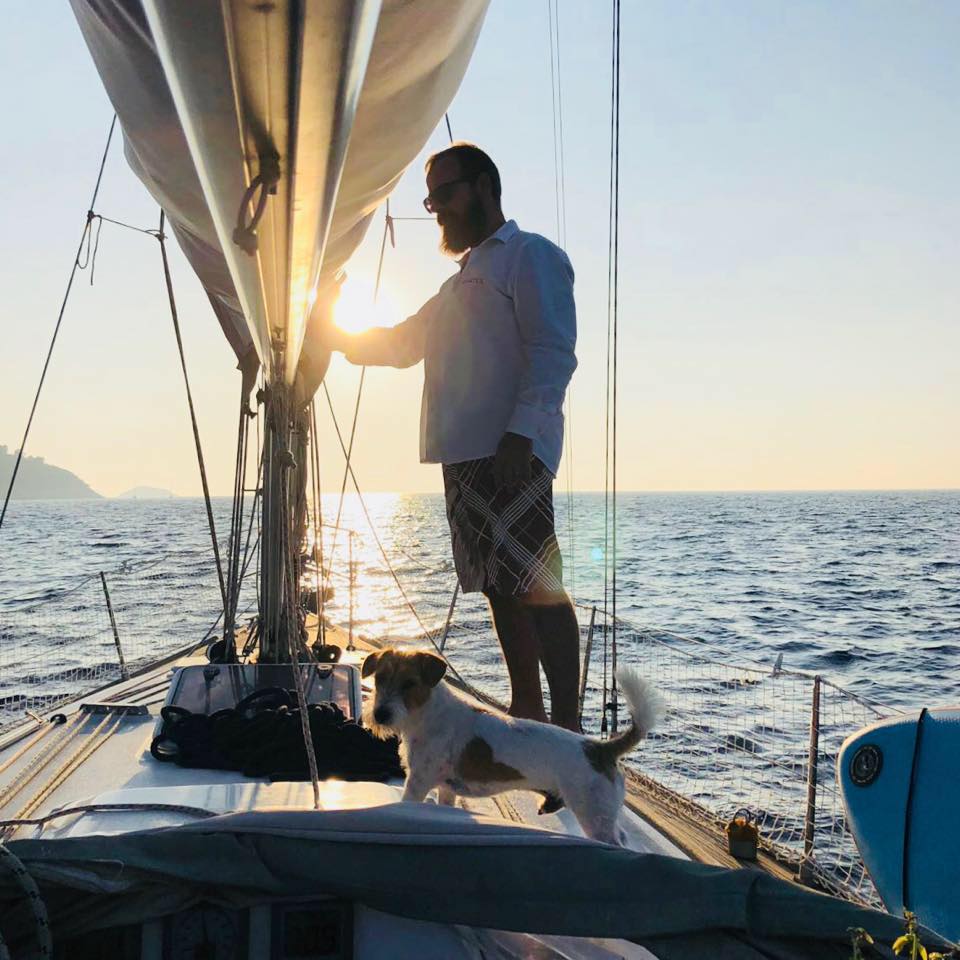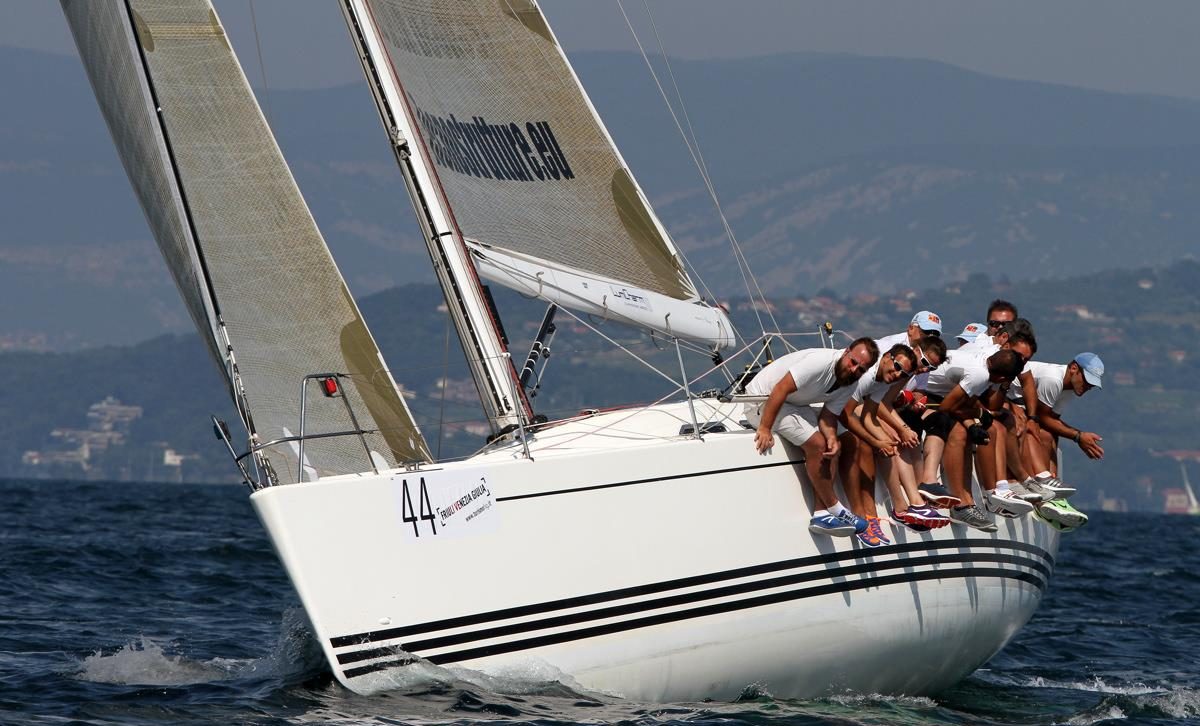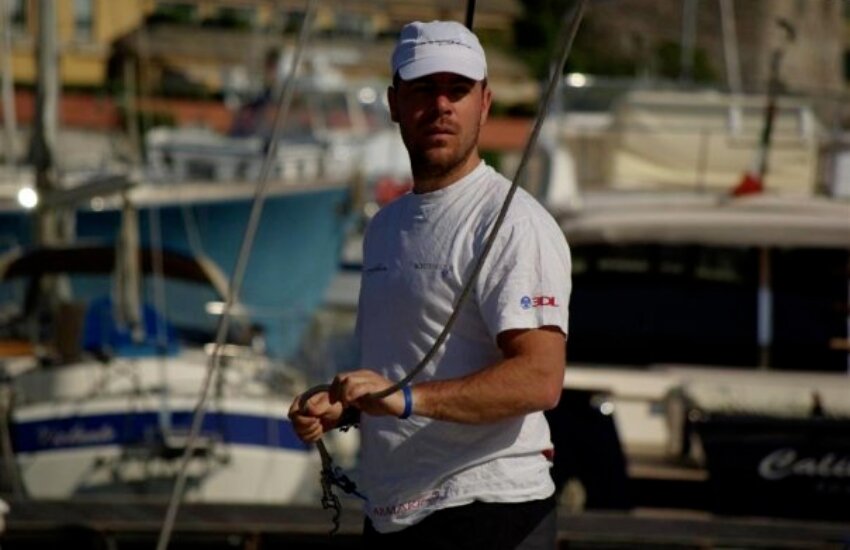Here the researcher tells his story in the first person. Imagine it as a great research diary where everyone adds their experience – be it a story or just a page. Starting with Paolo Schito, who is a graduate in aerospace engineering and a wind engineering expert
Dear Research,
I’ve waited a long time to write to you because I discover something new in my research daily. But I finally want to write to you about what I think.
In case you’ve forgotten, I’m interested in the interaction between wind and structures.
I was born and grew up in Venice. People often don’t believe that, so I have to specify the Island of Giudecca. For me, contact with water and wind is natural. Since I was a teenager, I have practiced Venetian rowing (on your feet like a gondolier) and sailing, and riding around the city on a motorised ‘barchino’, which is basically a Venetian version of a moped. I tested the effects of water and wind on boats. After secondary school, I moved to Milan to study — obviously — aerospace engineering, while thinking about the aerodynamics of cars. At university, I spent a lot of time in sailing competitions of a decent level around the Mediterranean and when looking for a thesis, I talked with the late Professor Fabio Fossati, who proposed working on the aerodynamics of sailing boats. I worked on wind tunnel tests and numerical fluid dynamics to define the allowances used to create ratings for yacht races.

Before my thesis, no one would have bet a cent on me staying at university. And yet, my curiosity and desire to learn about numerical fluid dynamics — which I thought might become a profession — led me to enrol in a PhD programme in Mechanical Engineering.
During my PhD, I participated in several wind tunnel projects on computational fluid dynamics (wind loads on buildings, crosswind effects on trains, vehicle aerodynamics). I did my thesis on numerical modelling of flow around a wind turbine.
I taught, starting with the drills for a course I now teach: Aero-hydrodynamics of sailing. I really like this course because it combines my passion and teaching. Transmitting the sailboat physics to students is very fulfilling. At Poli, we have built a one-of-a-kind 10-metre laboratory boat, making it possible to sail while measuring the effects of wind and water on the boat. This is the dream of any curious sailor and physics enthusiast.
After my doctorate, I not only worked with wind; my colleagues in the Department of Mechanical Engineering and I travelled around Italy during the official testing of the Frecciarossa 1000 train, which is now called the ETR1000 or V300 Zefiro. I followed the train project for a few years, participating in experimental tests of the aerodynamics on the Italian high-speed lines. It was a tiring but unforgettable adventure. It created a good bond between colleagues and made us grow as scientists and professionals. The aerodynamics of trains, tested on real trains and in the wind tunnel, led me to do research with numerical fluid dynamics, which I later extended to road transport such as cars and heavy vehicles. I like this area because like trains, it is close to our everyday lives. I was driven to study aerodynamics applied to common situations. The interaction of wind with sails, wind turbines, buildings, and objects and the aerodynamics of vehicles are a continuous source of research topics.

As soon as Poli presented the Passion in Action courses, I immediately suggested a Vehicle Aerodynamics course, which has been popular with students from the start. The course covers theory and practice, and I built a small wind tunnel. I made it for students to use independently. A wind tunnel test allows students to put everything they have learned into practice: designing the test, making the objects to be tested, connecting the measuring instruments, performing the test, and analysing the data. None of this can be taught in the classroom, but with appropriate guidance, students can learn it through practice. And their satisfaction when they talk about the work they have done, professionally, is gratifying.
For me, research means curiosity, collaboration, interaction, rigorousness, and intuition.
Research consists of moments in which you seem to wind up down a blind alley. And moments when you discover that the solution was always right in front of you.
Research is great work and doing it with brilliant students makes it even better.
I am convinced that as soon as this emergency period is over and face masks are no longer needed, doing research will be even more rewarding.
Yours,
Paolo Schito

